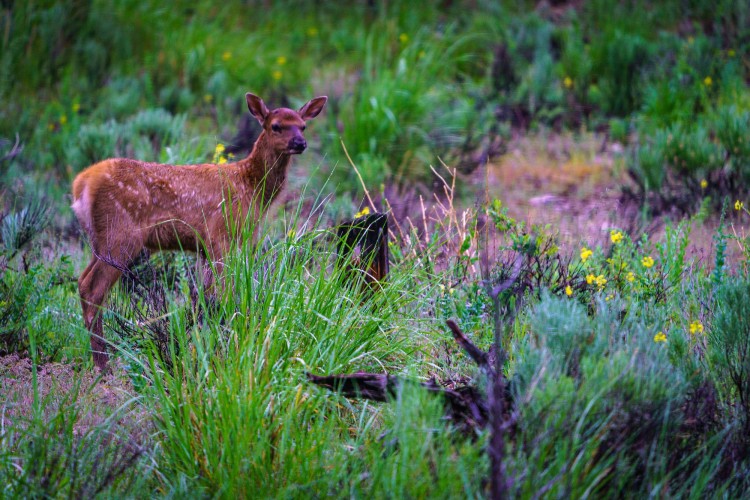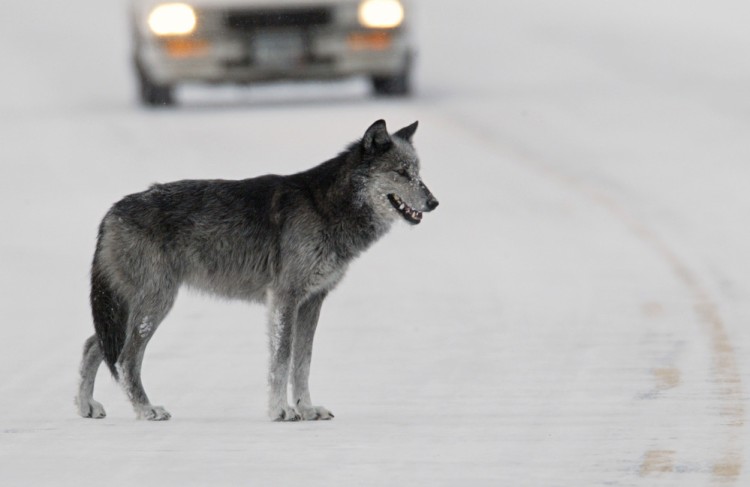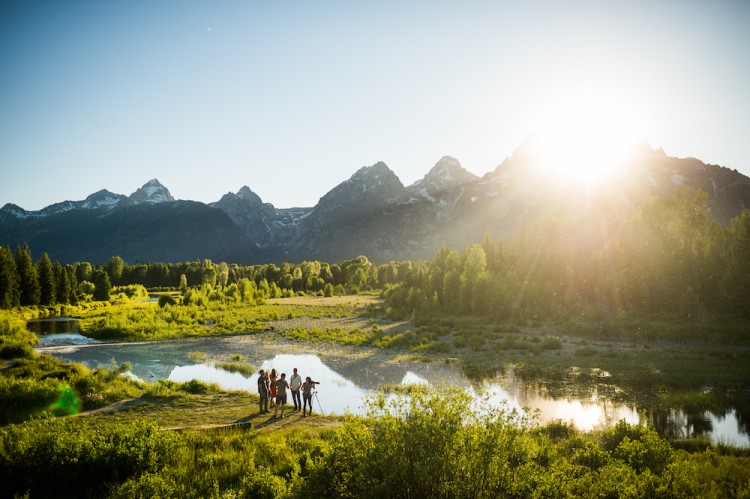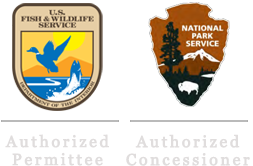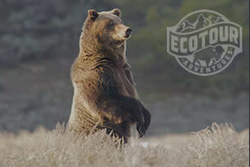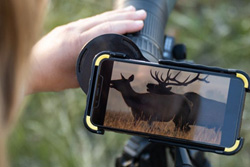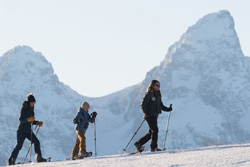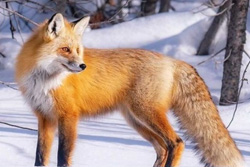Wildlife abounds in Fall Multiday
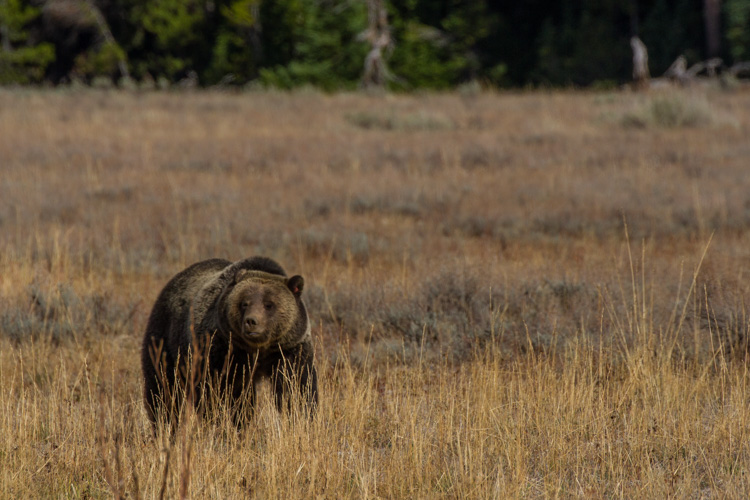

If I had to pick one season as a favorite in the Greater Yellowstone Ecosystem it would be fall. Weather can be variable but wildlife activity and scenery can't be beat, read my blog post about fall!. It is a critical time of year for our diverse fauna, with increased activity in preparation for the long winter. Last week I was joined by two repeat Ecotour Adventures guests, Shannon and Joe, who were so inspired by the Teton landscape in winter they booked a second multi day with us to see just what fall has to offer.
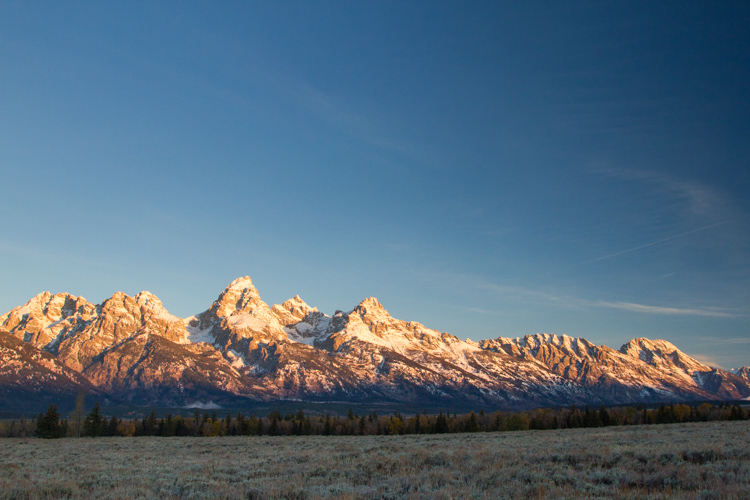
Alpenglow lights up the Teton Range.
At the western side of the Jackson Hole Valley, the 40 mile long Teton Range lights up with alpenglow as the sun rises over the Gros Ventre mountains to the east. We were delighted to find five moose right as the sun hit the valley floor. Especially in the fall and winter, moose will leave their more typical habitat near water and venture into dry sagebrush habitat, to forage on bushes known as bitterbrush. Once snow covers the valley I've seen as many as 17 in one group!
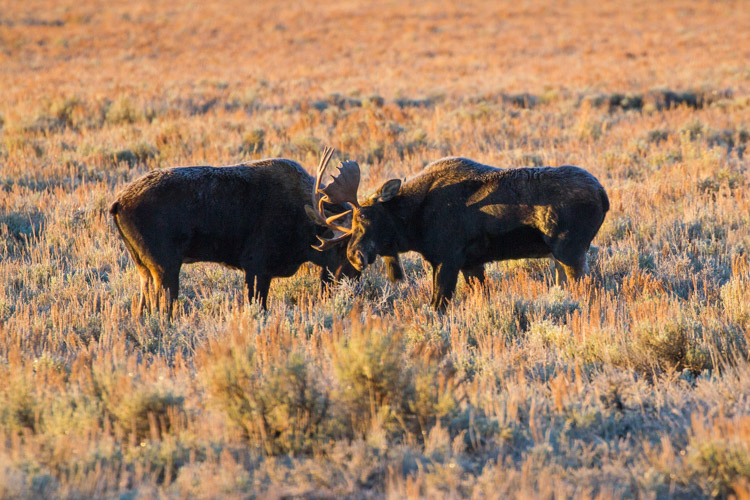
Two bull moose spar in the early morning light of Grand Teton National Park.
Dawn in the fall is prime time to view elk bugling, which continues into October at the base of the Tetons at least three herds of cow elk with bulls were visible from our next stop. For the past month, large bull elk have been herding cows and chasing away other bulls in an effort to secure mating rights. We could hear them bugling (read more about it here!) from all directions and even watched a bull follow his herd across the road quite near us (see video).
Large flocks of birds are also on the move right now and we found a group of over 1000 American Coot foraging on Jackson Lake. Spread out in a sinuous shape, they are easy to overlook until you see through binoculars that there are indeed hundreds of them bunched together. A juvenile bald eagle had also noticed the flock and we watched in amazement as it flew over the panicked birds who would dive underwater to evade its talons.
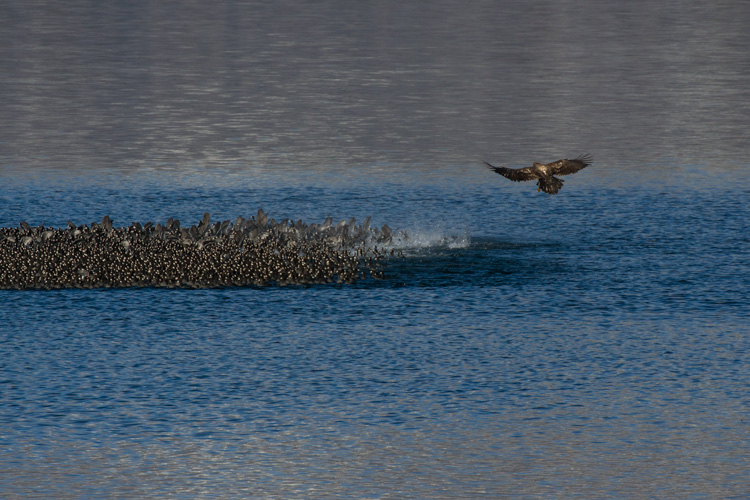
Into Yellowstone
The road to Yellowstone follows Jackson Lake to its origins of the Upper Snake River at the northern end of Grand Teton National Park. After crossing the river the road diverges from the Snake and begins climbing up the Yellowstone Plateau. Over 10,000 geothermal features are found here, their waters heated by the volcanic hotspot below, but our focus on this trip was to find wildlife. We found our first bison grazing along the Firehole River, adjacent Grand Prismatic spring and Excelsior geysers. With over 4000 bison in Yellowstone, we would see many more throughout the trip.
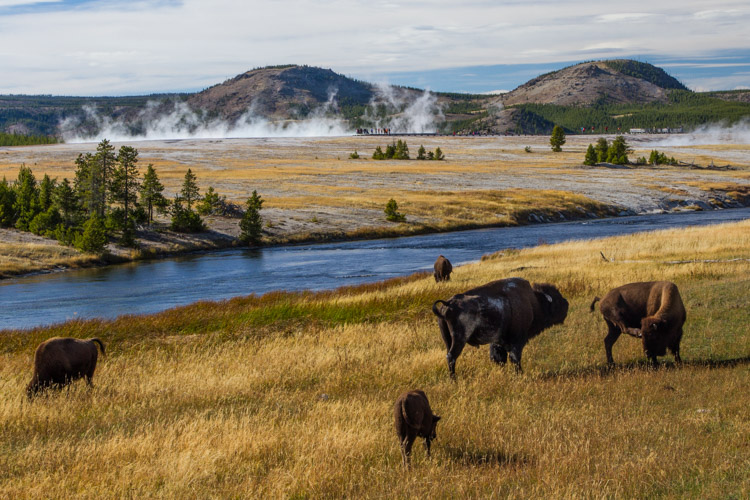
Night one was spent in cabins at West Yellowstone including a hearty dinner downtown. We rose early to catch sunrise along the Madison River and head for the Lamar Valley. Elk were bugling near the river as we passed Madison Junction and headed north towards Yellowstone's Northern Range and the Lamar Valley.
Wolves were reintroduced here in 1995 after a 60 year absence; and three from the Prospect Pack were visible upon our arrival. Park biologists have been studying the wolves since the reintroduction and shared that we were viewing gray alpha male 966M, a male collared wolf (996M), and a second uncollard black.
As we used binoculars and spotting scopes to watch the trio traverse sagebrush flats and dried out ponds, I looked around at the gathered crowd, who had come from all over the country and world to view these animals. We don't fully understand their impact on the ecosystem, but as a major carnivore it is an important one.
The northern range is also home to bighorn sheep, mountain goats, moose, mule deer, pronghorn, bison, and elk, all of which we observed in our two days in the valley (check out the photo gallery here). When these animals die, either from predation or other causes, they provide a bounty for other animals. The carcass near the Prospect Pack Wolves also had a coyote, dozens of ravens, magpies, five bald eagles and a grizzly feeding on it.
There is no waste in nature.
The Northern Range of Yellowstone is often called the American Serengeti due to its wildlife abundance, but wildlife abound throughout the Greater Yellowstone Ecosystem. As if to confirm this notion we found a great gray owl near Canyon Junction as we were heading back towards Grand Teton. Our owl was perched on a dead lodgepole pine branch, listening intently for any signs of movement as light snow, mixed with bouts of sunshine, fell around it. Great Grays are a favorite sighting for us at Jackson Hole Ecotour Adventures, and we are proud to support ongoing research on the birds being conducted by our friends at the Teton Raptor Center.
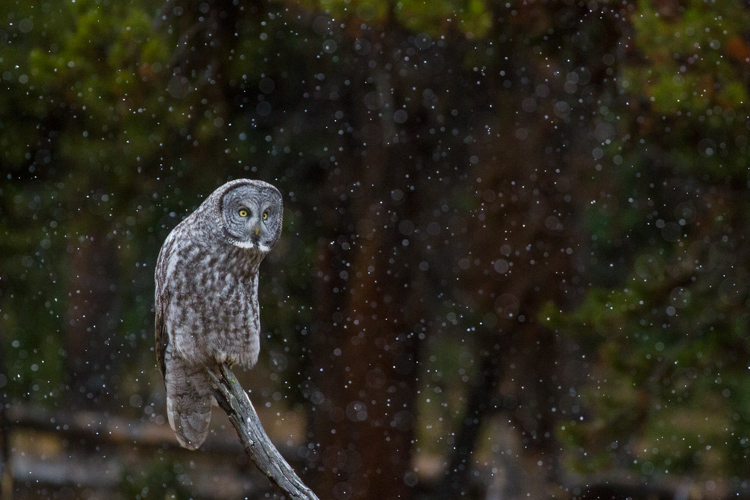
Returning to Grand Teton National Park after three amazing days, we had seen a diverse assortment of wildlife and the pristine landscapes which support them. Shannon and Joe were hoping for one more bear sighting so we turned onto a dirt road in hopes of spotting one. Sure enough a female grizzly was moving about the sagebrush, digging for roots and small mammals in the loose earth. She was still feeding as we left over two hours later.
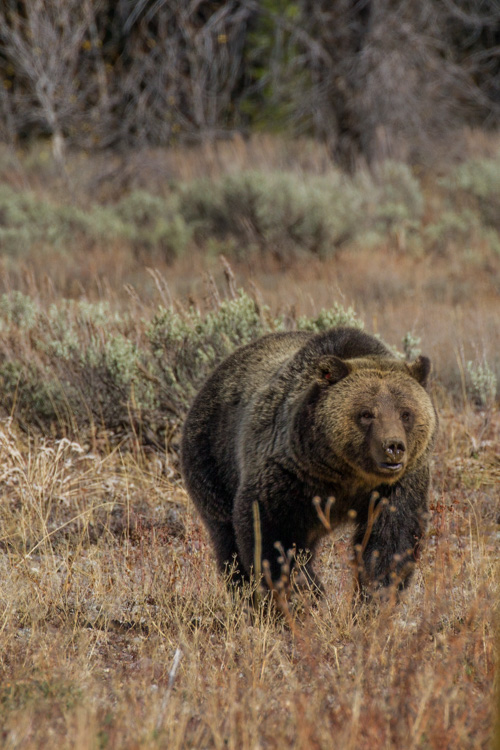
Our grizzly sighting was the culmination of the perfect fall trip in the Greater Yellowstone Ecosystem. One of the last intact temperate ecosystems left on earth, the GYE still contains the same mammal species found here as when the first European American Explorers visited these lands over 200 years ago. Thanks to National Parks like Grand Teton and Yellowstone, our national forests, other public lands and large tracts of undeveloped private lands, the ecosystem can persist, if we let it.
Jackson Hole Ecotour Adventures offers single and multi day trips through Grand Teton and Yellowstone National Parks year round. To join us exploring the Greater Yellowstone Ecosystem visit our website or call 307-690-9533. Mention this blog post for 10% off your trip. We hope to see you soon!
Words and photos by Naturalist Josh Metten




